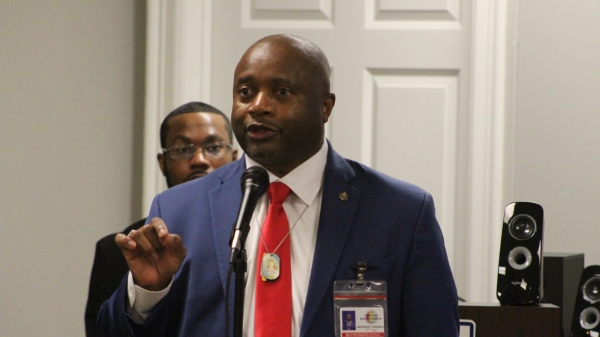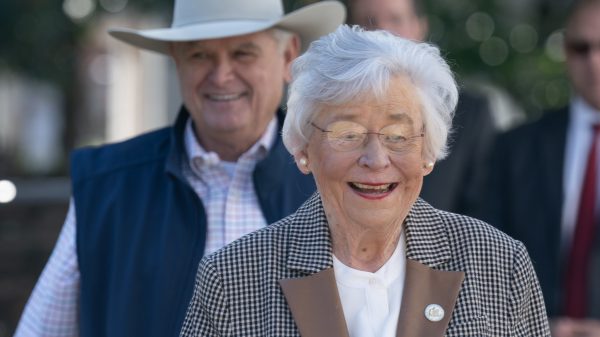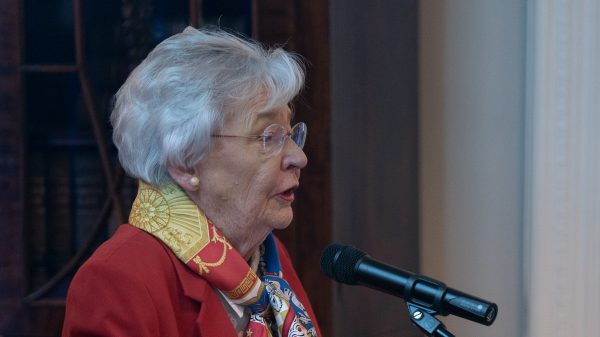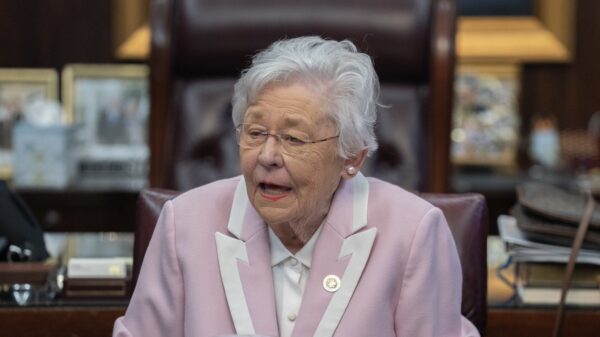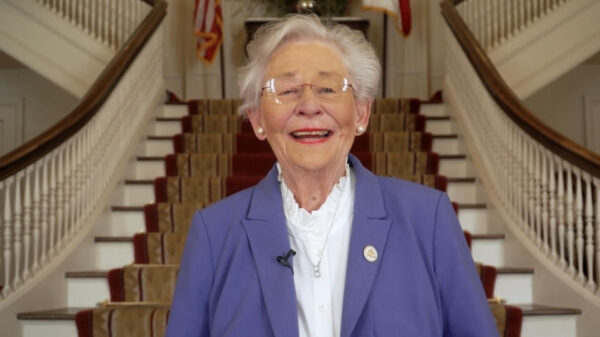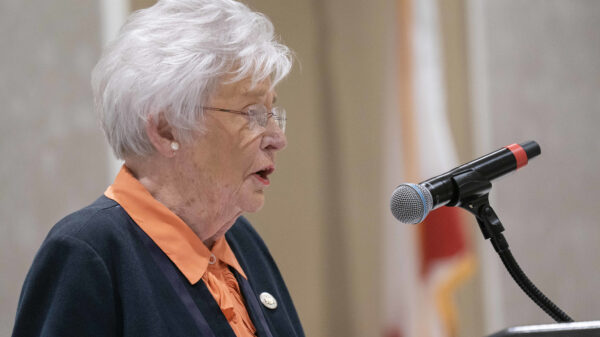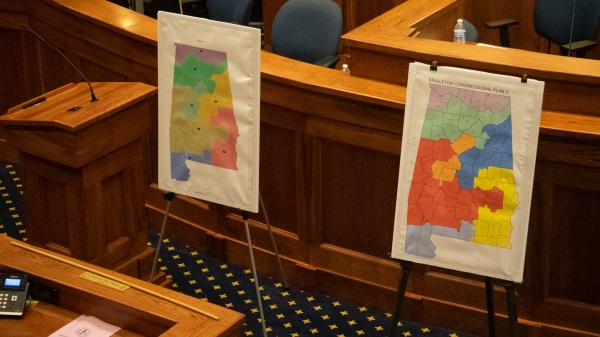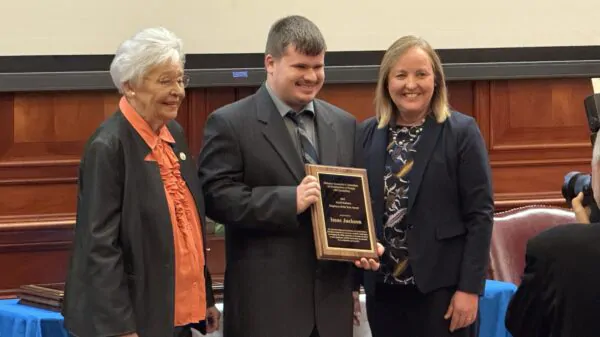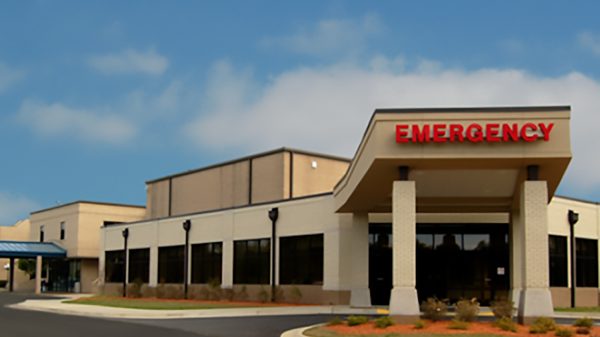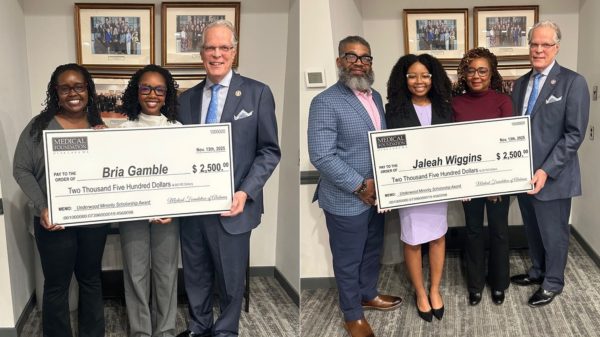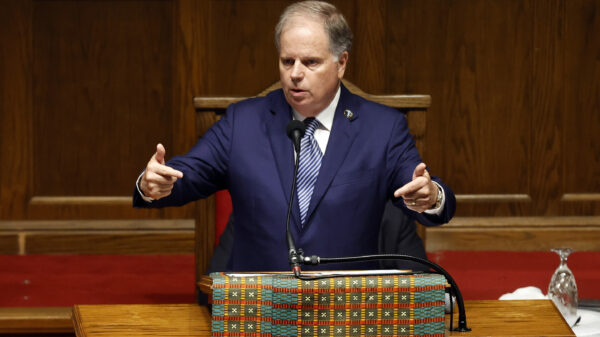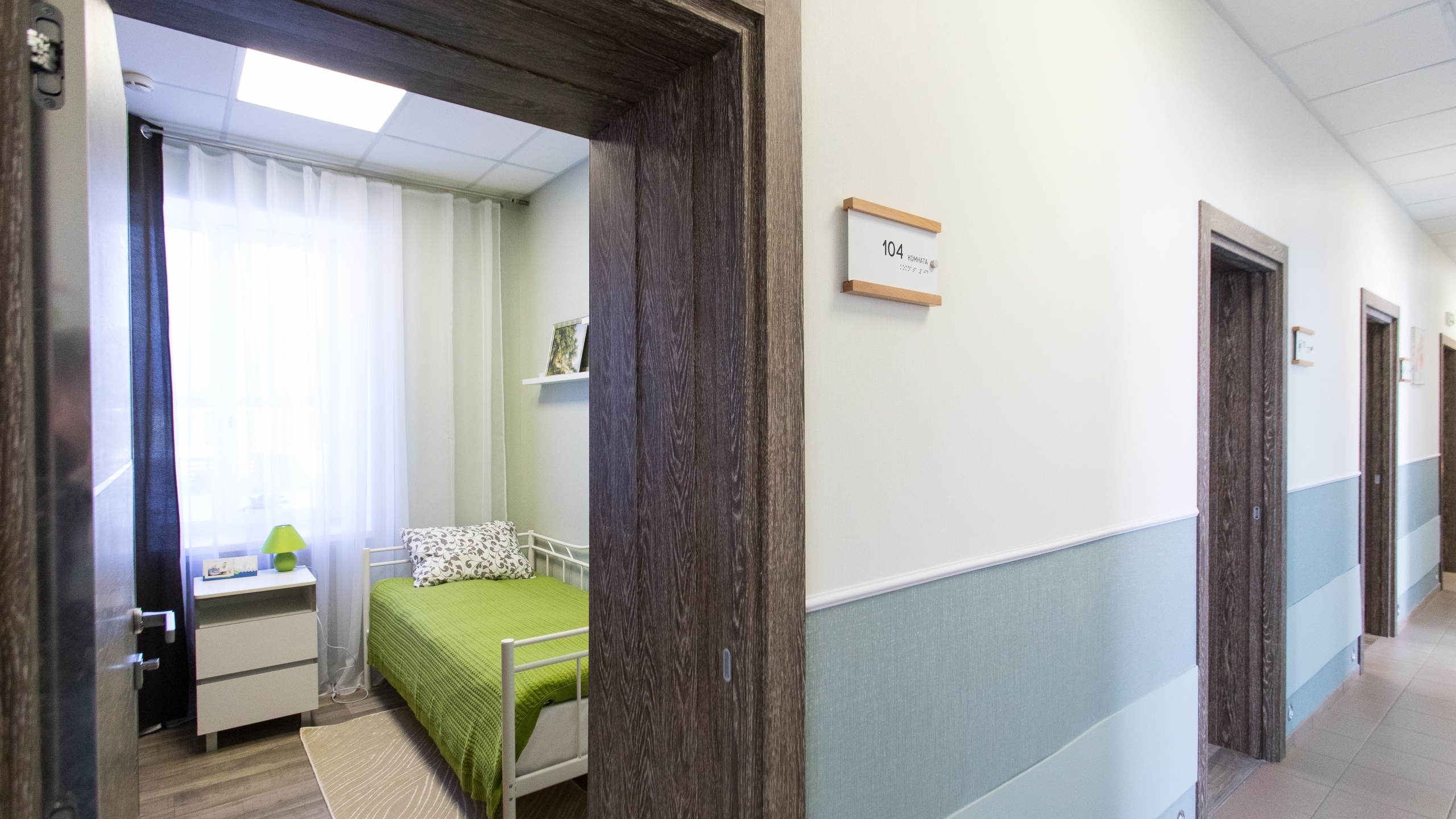The Alabama Rural Hospital Investment Program Board approved applications from 50 rural hospitals to participate in the program during a Wednesday meeting.
All applications reviewed by the board were accepted, with the exception of Beacons Children’s Hospital in Luverne, which the board agreed to review further to ensure the facility was eligible for participation.
The Rural Hospital Investment Program was established by the Rural Hospital Investment Act of 2025, legislation sponsored by Rep. Terri Collins, R-Decatur, which passed last legislative session.
The program will allow individual donors and businesses to receive a tax credit for contributions toward supporting rural hospitals. The act also grants nonprofit third-party organizations the authority to solicit, administer or manage qualified donations for eligible hospitals.
The program, which will begin accepting donations through an online portal on Jan. 5, 2026, was modeled after the Georgia HEART Hospital program, which began in 2016.
In 2026, eligible hospitals may receive donations not to exceed $750,000. The donation limit per participating hospitals will be raised to $1 million in 2027 and $1,250,000 in following years.
The Rural Hospital Investment Act allows donors to specify the rural hospital they wish to donate to. However, in the event that a donor makes a contribution not designated for a specific hospital, the law mandates that the donation must go toward a rural hospital with high financial need that has not yet received its maximum yearly contribution amount.
If a donor makes a contribution to a hospital that exceeds the maximum allowed yearly amount, funds will be provided up to the contribution limit, with the remainder of the funds attributed to an eligible rural hospital with high financial need.
The law also requires that no later than December 1 of each year, the board develops a list of eligible rural hospitals and an evaluation of each hospital’s demonstrated financial need, and publishes the rankings on the Alabama Department of Revenue’s website.
During its meeting, the board voted unanimously to approve a framework for determining how donations, not designated for a specific rural hospital by the donor, will be distributed among participating rural hospitals based on need.
Participating hospitals will be grouped into five tiers, grouped by their level of financial need. Four of the tiers will include ten hospitals, while the fifth, designated for hospitals that are the least financially in need, will contain all remaining institutions enrolled in the program.
Hospitals ranked as having the greatest need for investments will receive 30 percent of undesignated funds. Hospitals in the tier with the second most need will receive 25 percent of funds, the third tier will receive 20 percent, the fourth tier will receive 15 percent and the tier for hospitals of least concern will receive ten percent.
If part or all of an undesignated donation would cause a hospital to exceed its annual donation limit, the funds will be distributed evenly among the other hospitals within its tier.
“[The] goal here is to get the money out and prioritize the hospitals that are needing the most because we, the law, requires us to do so,” said board member and Huntsville Hospital Health System President and CEO Jeff Samz.
“But I see something to be said that if we get undesignated, everybody’s going to, you know, people are going to get something,” Samz continued. “If you haven’t filled your cap, you’re going to get something granted.”
Investment program participation applications for two third-party institutions, the Alabama Rural Hospital Foundation and the Alabama Health and Research Education Foundation, were also approved by the board.
Board Chair Rob Pearson said he anticipated the need for the board to meet once more in 2025 to approve the financial need rankings of hospitals due for publication at the beginning of December.
Pearson went on to express his thanks to the board and his hopes for the program’s success.
“We’ll get this to a place on Dec. 1, I think we’re all proud of. And it’s going to be a very successful program,” Pearson said.
“It’ll sell out in about an hour and a half, I think,” he added. “We’re taking bets on that, if we could gamble in Alabama. But we can’t, so that’s all right. We’re not taking bets.”
Cameran Clark of the Department of Revenue announced that ALDOR will be hosting a webinar alongside the Alabama Hospital Association for prospective donors to learn how to reserve a tax credit through the online donation portal.
The webinar is scheduled for December 3, from 2-3 p.m.





